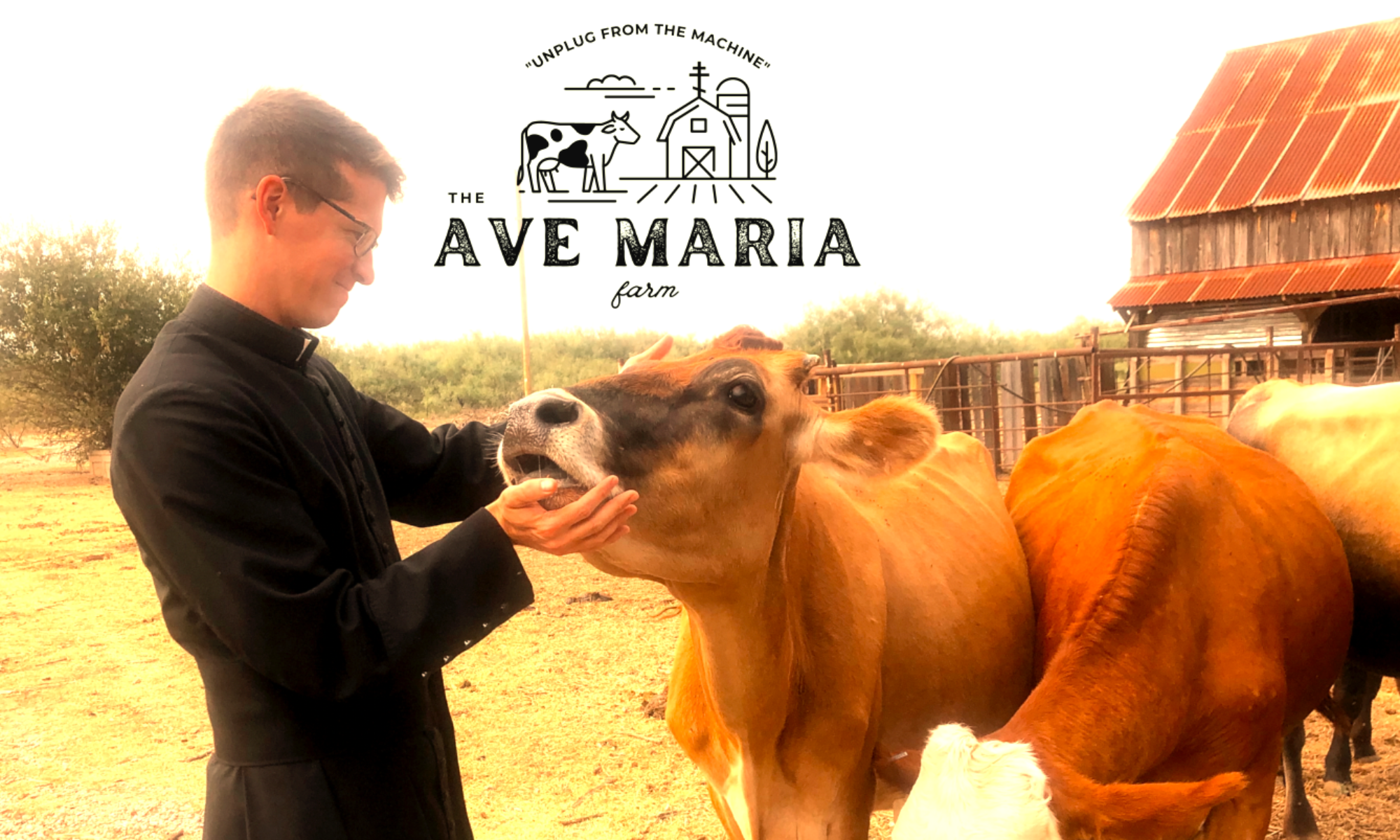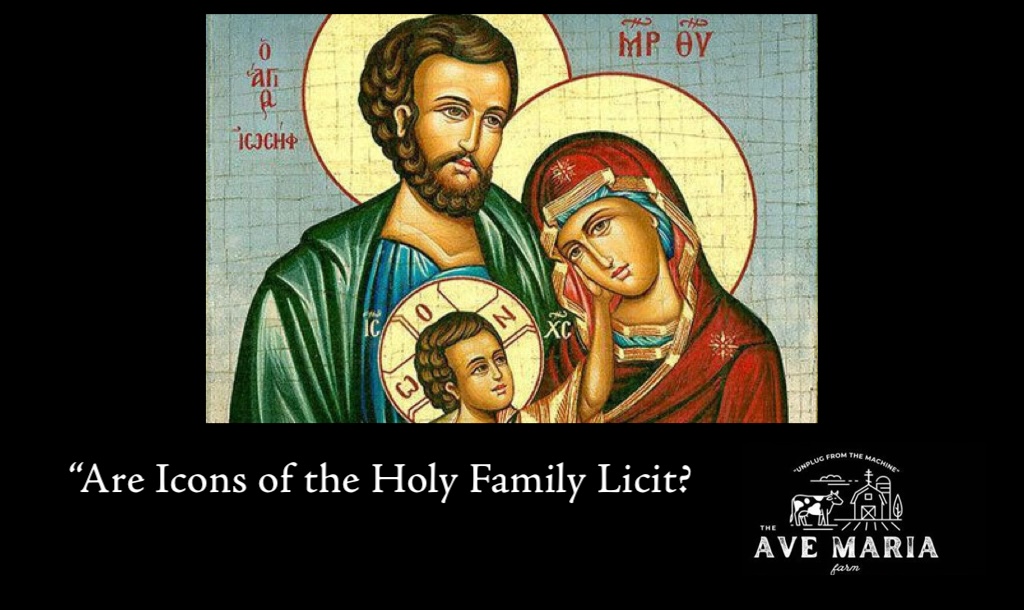Author: Seraphim Popov
“If anyone does not accept representation in art of evangelical scenes, let him be anathema.” ~ Ecumenical Council VII
The Seventh Ecumenical Council, in affirming the veneration of holy icons, clearly supports the representation of persons and events described in the Gospels. We even find the following anathema: “If anyone does not accept representation in art of evangelical scenes, let him be anathema.” Thus, when assessing the boundaries of what is possible in iconographic representations, we must keep in mind that the Orthodox Church condemns those who would exclude the depiction of historical realities recorded in Scripture. With this in mind, we understand that the Gospels describe St. Joseph as the husband of the BVM and legal guardian of Jesus (Matthew 1:24-25), while simultaneously affirming the perpetual virginity of the BVM. Therefore, the reality of the Holy Family, as a familial unit clearly described in the Gospels, is perfectly licit to depict so long as the depiction does not include anything that would imply the consummation of the marriage between the BVM and St. Joseph.
The Orthodox Church, in fact, has always depicted the Holy Family together, in icons like the Flight to Egypt, the Circumcision of our Lord, and the Christmas Icon. What grounds are there for approving these depictions but forbidding Western style depictions of the Holy Family? Unless the icon of the Holy Family somehow implies marital union, such as some heterodox depictions which portray St. Joseph with his arm around the BVM, there are no grounds for doing away with these depictions. The temporal reality of the Holy Family is clearly described in Scripture and so remains a valid subject of iconographic depiction.
There have been a few icons, in the course of history, which the Orthodox Church has forbidden. The Council of Trullo forbade icons of Christ as a Lamb, and the Great Council of Moscow of 1666 forbade certain depictions of God the Father. However, nowhere in the entire history of the Orthodox Church have icons of the Holy Family been prohibited by any synod. In view of this, along with the other aforementioned points, we ought to be careful when making sweeping claims about which icons are deemed acceptable by the Church. If the Church has really ruled on something, then one should be able to ‘show receipts.’ Otherwise, one must be careful not to present one’s own personal opinion as if it were the teaching of the entire Church. In fact, the Orthodox Church has allowed great diversity in iconographic depiction throughout history, always grounded in the dogmatic and historical truths of Scripture, and examples of the Church actually singling out particular icons as illicit are very few.

